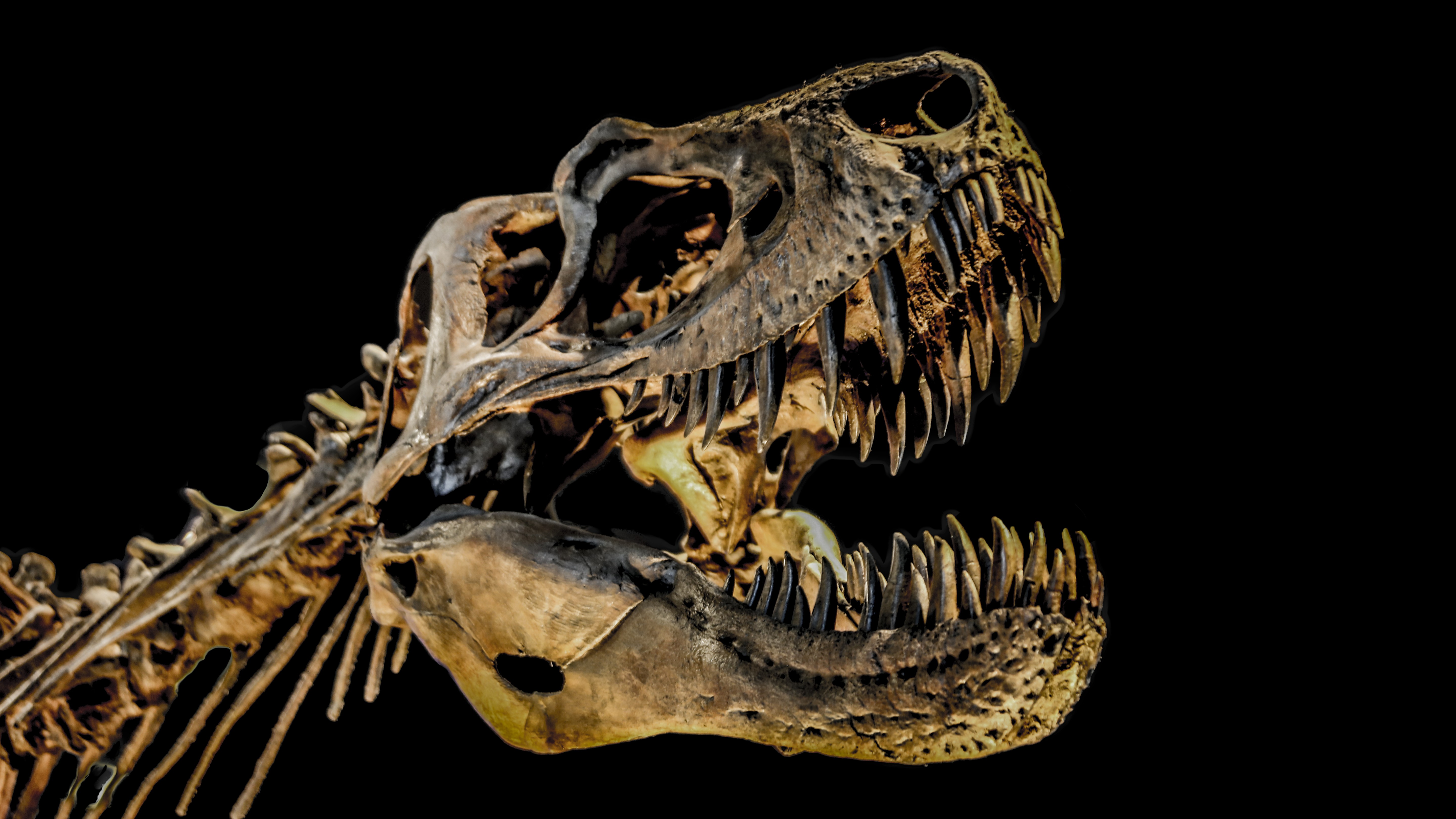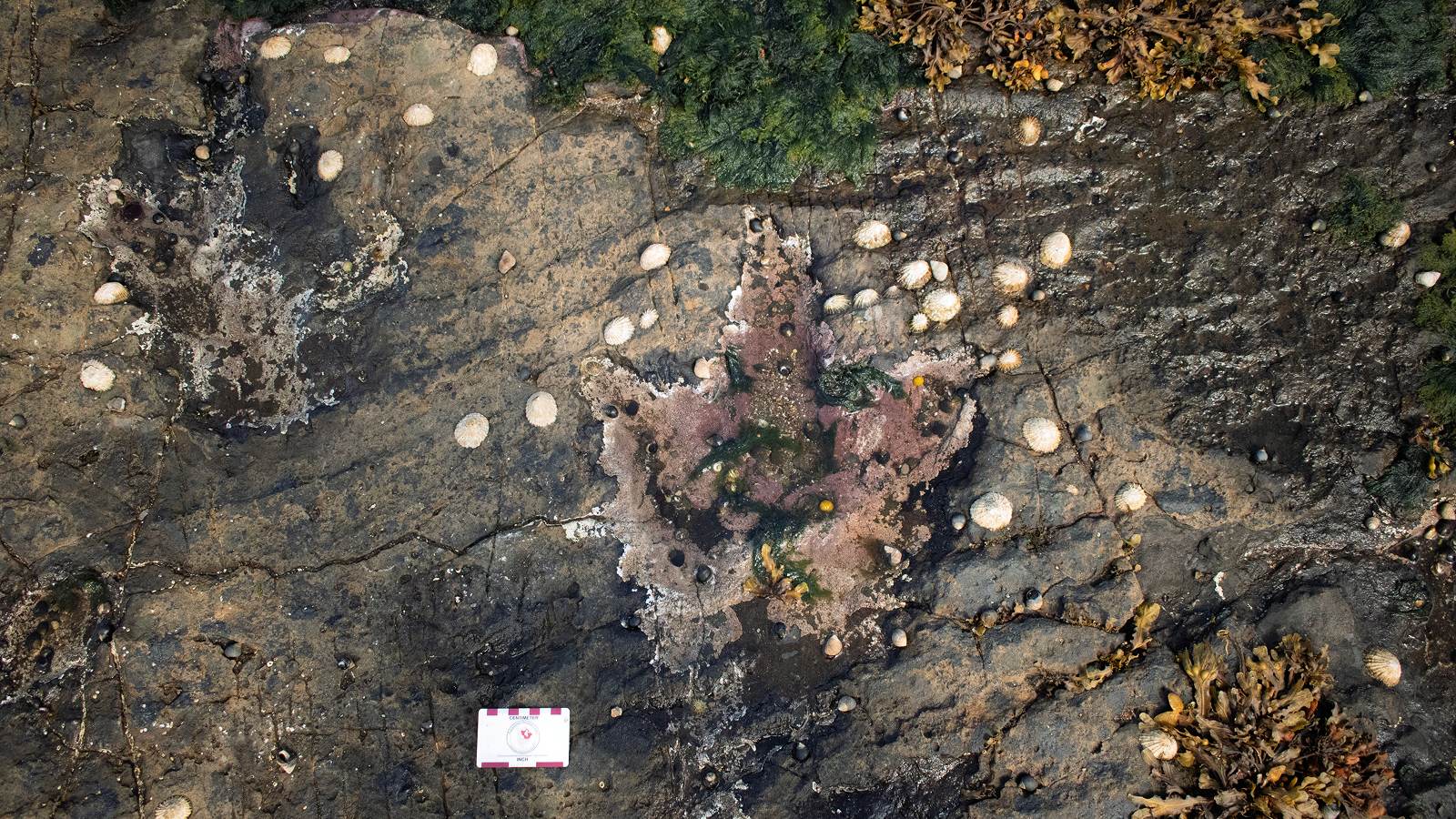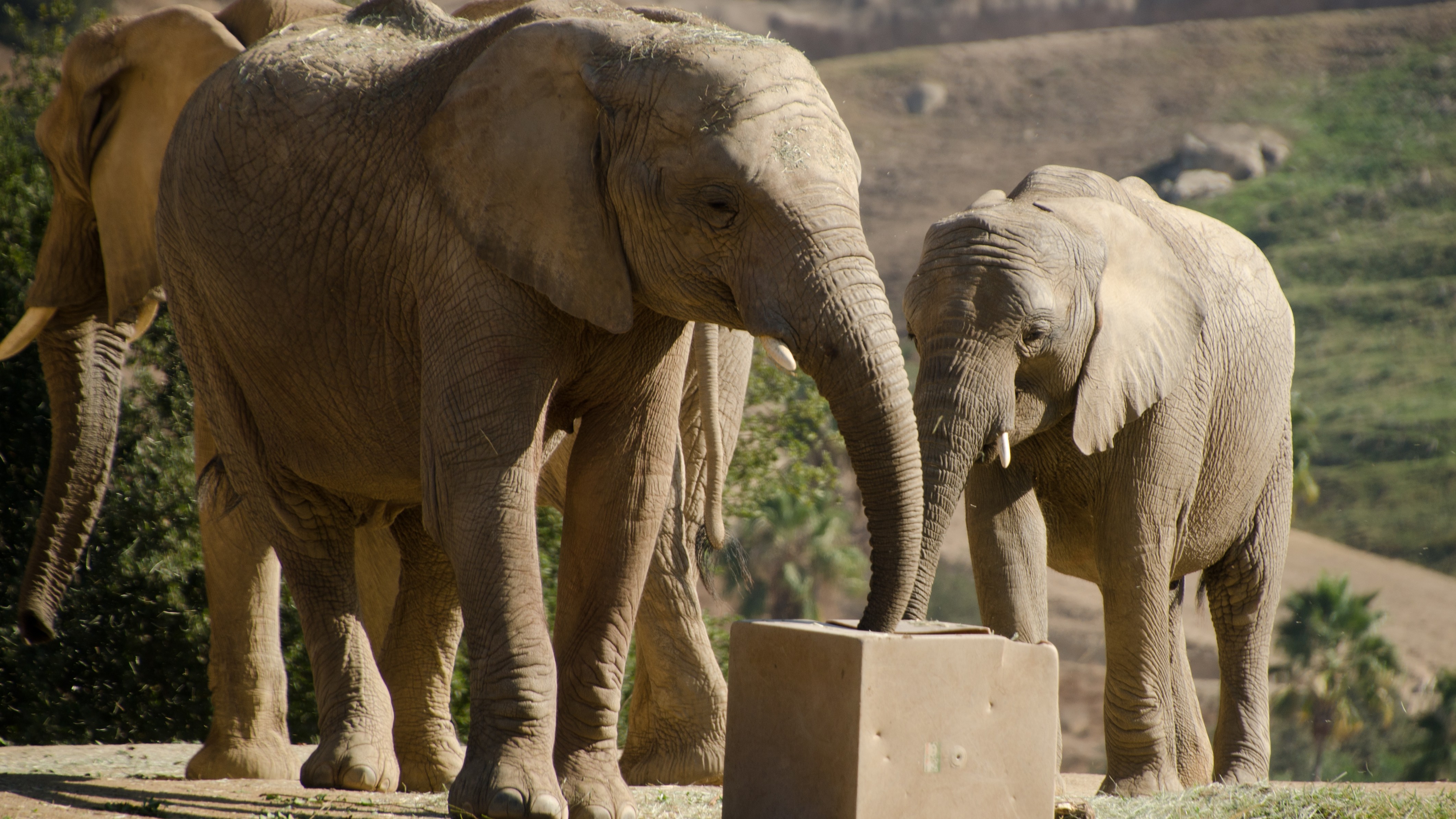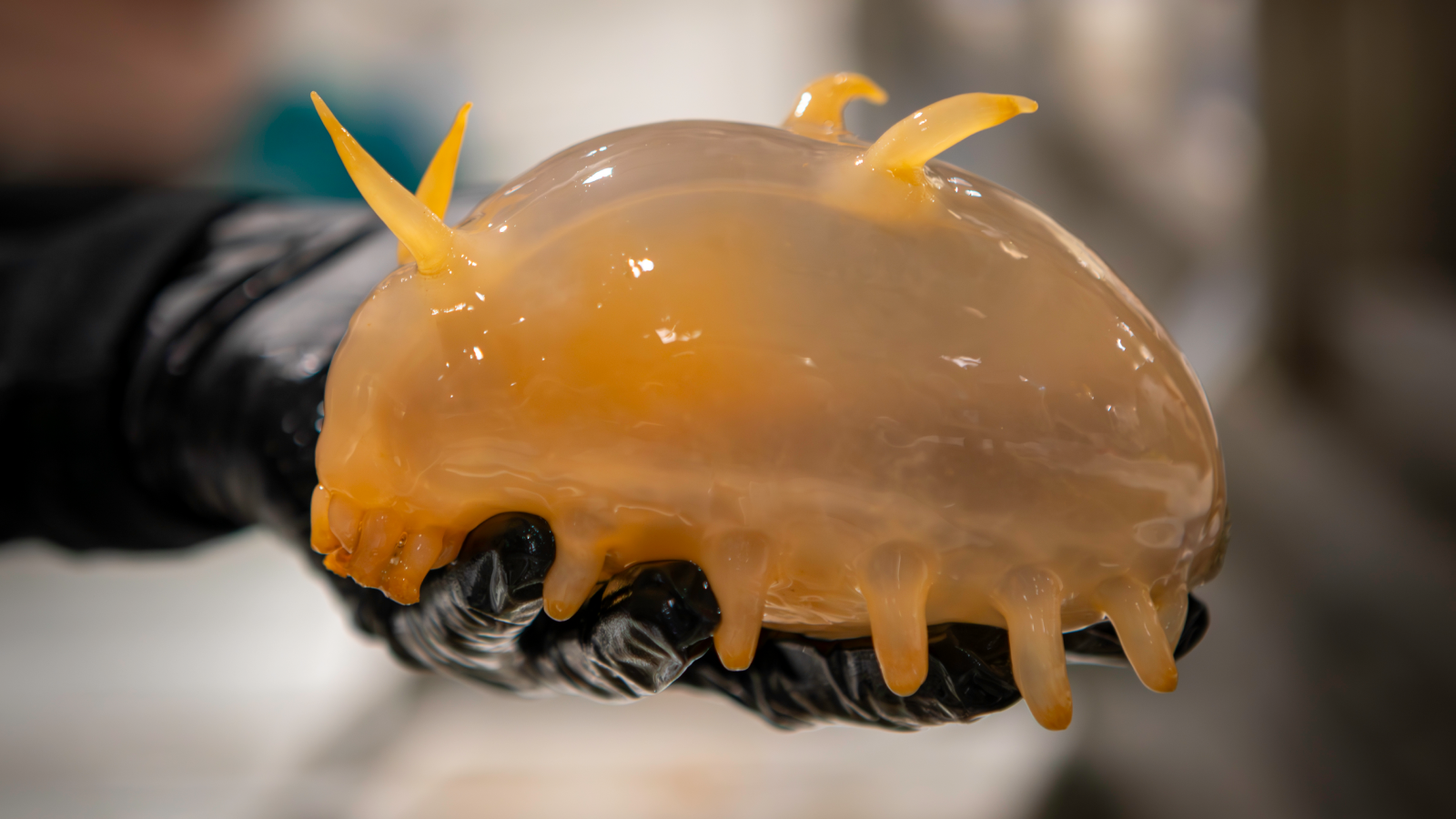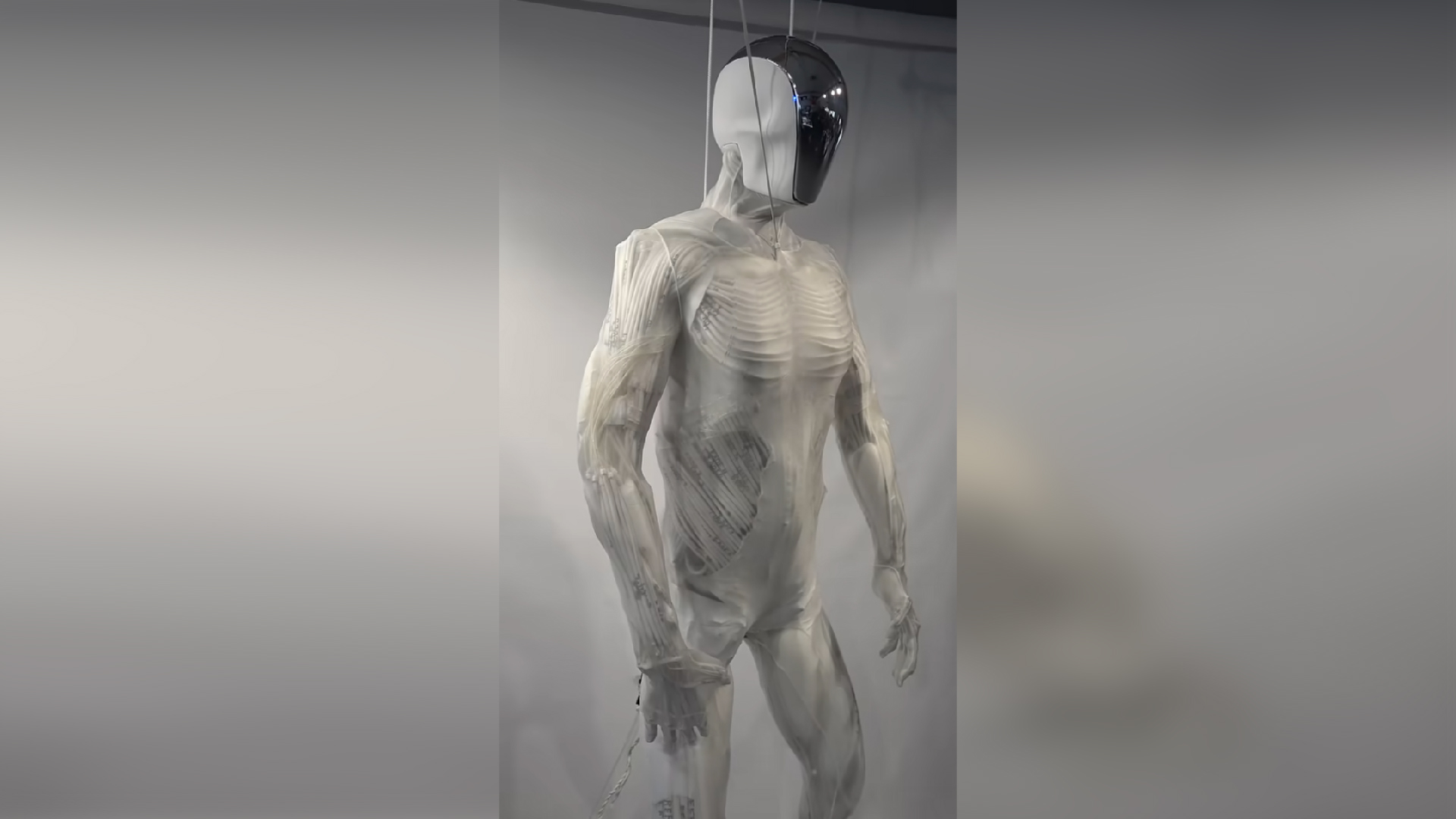Clever, bird-like dinosaurs that lived 74 million years ago got cozy in communal nests, study suggests
New research has found that troodontids, a group of bird-like dinosaurs that lived 74 million years ago, had high enough body temperatures to brood their eggs in communal nests.
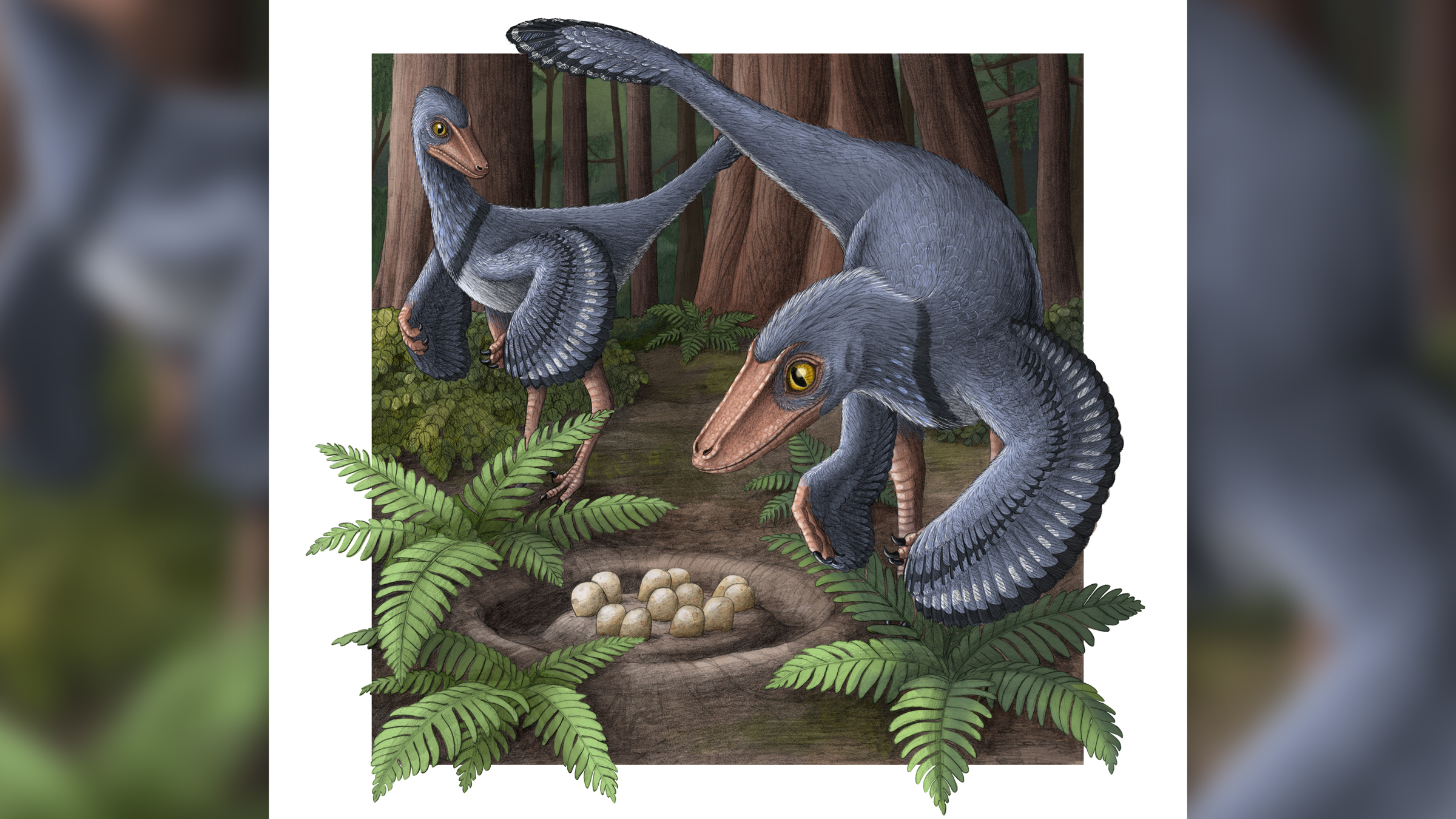
Bird-like dinosaurs that lived up to 74 million years ago didn't hog nests; instead, these beaked dinosaurs shared communal nests where several female nestmates often laid more than 20 eggs together, which these feathery dinos then brooded to keep warm, new research suggests.
Most dinosaurs are thought to have laid eggs "en masse" and buried them in the ground for incubation, like crocodiles and other cold-blooded reptiles do today. But not Troodon, a small predatory dinosaur that was closely related to modern birds and which lived in the late Cretaceous, 74 million to 66 million years ago. Researchers were already aware of brooding behavior in some theropods — a group of bipedal, mostly meat-eating dinosaurs that includes Tyrannosaurus rex and Velociraptor — and recorded an ultra-rare dinosaur fossil brooding atop its eggs in 2021.
Now, fossilized eggshells have revealed that Troodons were endotherms, meaning they were warm blooded and could self-regulate their body temperature. This confirms that the dinosaurs could maintain their body temperature high enough to brood their eggs.
"Our study indicates that Troodon had a high body temperature, like birds, so it certainly would have been capable of providing heat for incubation while sitting on its eggs," Darla Zelenitsky, a paleontologist at the University of Calgary in Canada and co-author of the study in which the finding was published, told Live Science in an email.
What's more, these dinosaurs could probably switch between a warm-blooded state and a state of cold-blooded torpor — a strategy common in modern birds, called heterothermy. Troodon maintained its body temperature around 107.6 degrees Fahrenheit (42 degrees Celsius) but it could drop to 84.2 F (29 C) to cope with limited food or harsh weather, Zelenitsky said.
In the study, published Monday (April 3) in the journal Proceedings of the National Academy of Sciences, researchers examined the patterns of eggshell mineralization in eggs belonging to the species Troodon formosus and compared it with those of modern birds and reptiles. They used a technique that analyzed the calcite content of eggshells and determined the speed and temperature at which they formed.
Sign up for the Live Science daily newsletter now
Get the world’s most fascinating discoveries delivered straight to your inbox.
"Birds and reptiles have two different mineralization patterns for what concerns the production of eggshells," lead study author Mattia Tagliavento, a postdoctoral researcher of paleontology at Goethe University in Frankfurt, Germany, told Live Science. "Since reptiles and birds are, respectively, the ancestors and descendants of dinosaurs, dinosaurs should have either one of the two, or be somewhere in the middle."
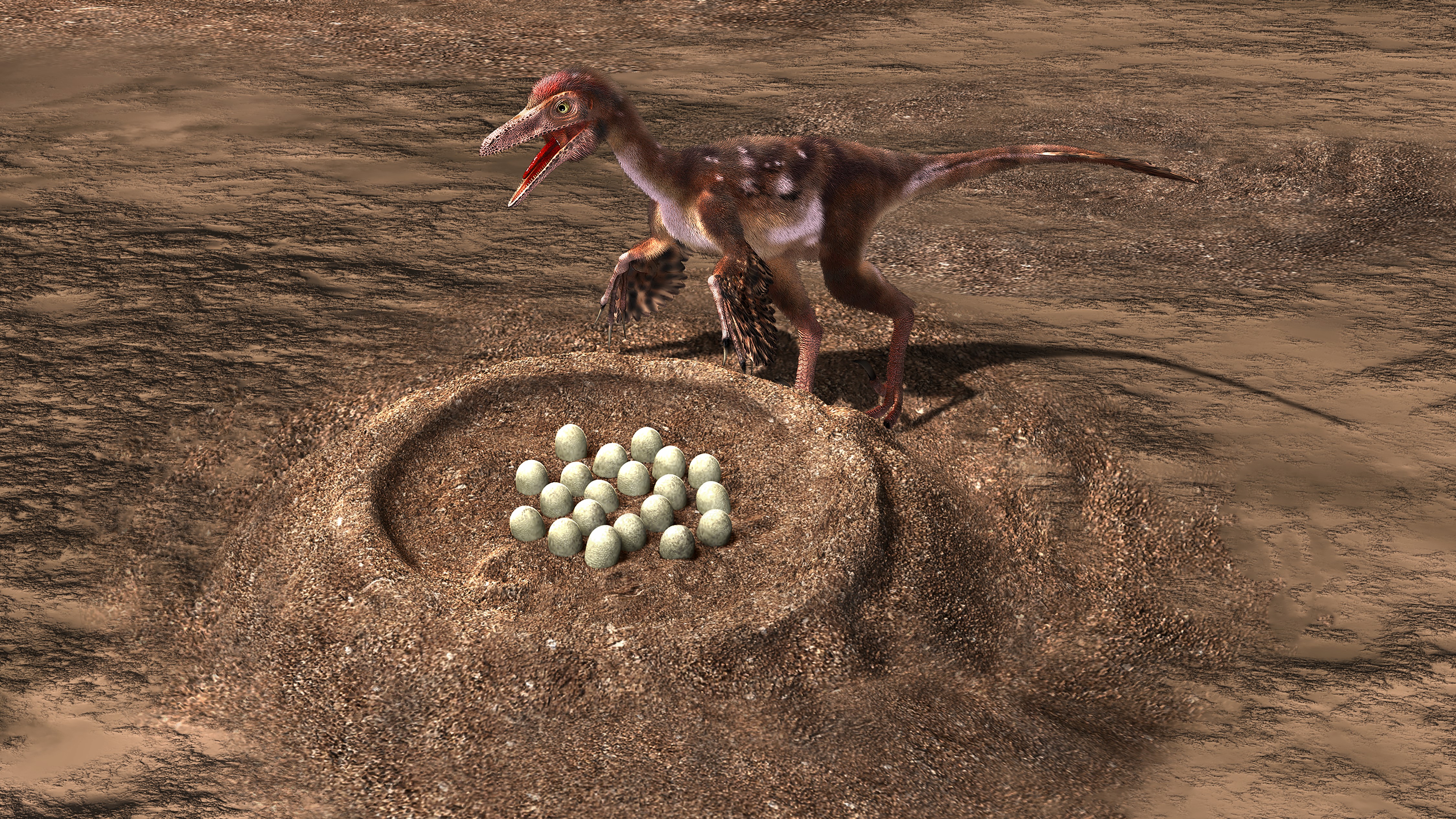
Birds have one functional ovary, having lost the other one early on in their evolution, likely to limit their weight and facilitate flight. To counterbalance this loss, they evolved the ability to precipitate calcite and form eggshells quickly, producing a few, relatively large eggs per clutch. Reptiles, on the other hand, have two functional ovaries that produce several small eggs at a time. The mineralization process is much slower than in birds, however, which limits the number of eggs they can lay.
The researchers were surprised to find that T. formosus retained slow, reptile-like eggshell mineralization despite having already evolved bird-like traits, such as heterothermy. "With our work, we show that Troodon was probably in between, producing just two eggs at a time and laying them — not a proper 'en masse' production, but with a pace that is still slower than modern birds," Tagliavento said.
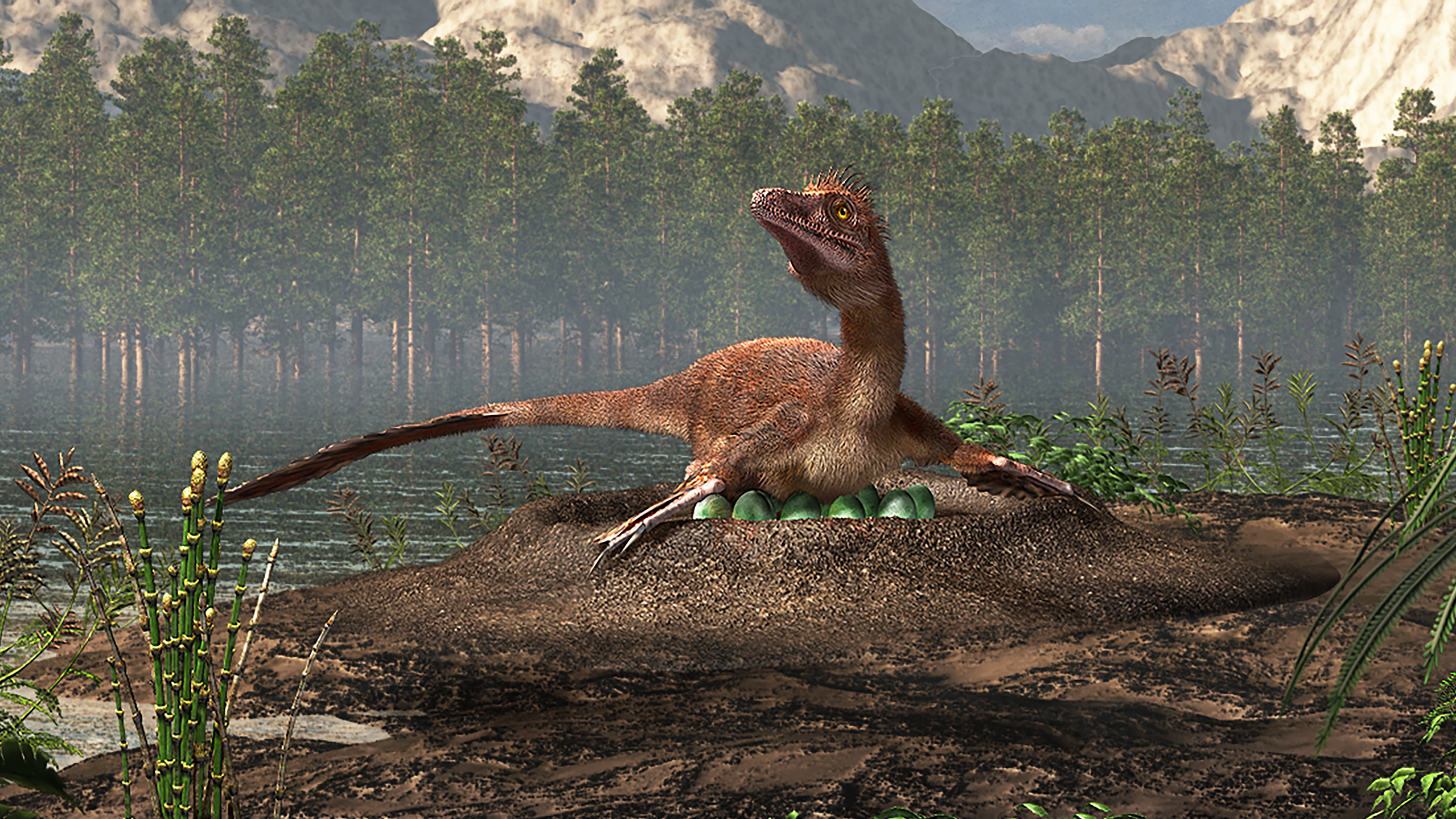
The team also used estimates of Troodon's weight and the amount of calcite per eggshell to calculate that a female could have laid four to six eggs per clutch, which did not match the number of eggs usually found in their nests. "A single individual could not have laid over 20 eggs in a reasonable amount of time to ensure egg and embryo survival," Zelenitsky said.
This suggests that females were nestmates, laying and tending to their eggs in the company of others.
The finding sheds light on the evolutionary transition from cold-bloodedness to endothermy in dinosaurs, Tagliavento said. "We may have a chance to explore the entire dinosaur ancestry and see exactly where the switch happened," he said.

Sascha is a U.K.-based staff writer at Live Science. She holds a bachelor’s degree in biology from the University of Southampton in England and a master’s degree in science communication from Imperial College London. Her work has appeared in The Guardian and the health website Zoe. Besides writing, she enjoys playing tennis, bread-making and browsing second-hand shops for hidden gems.
